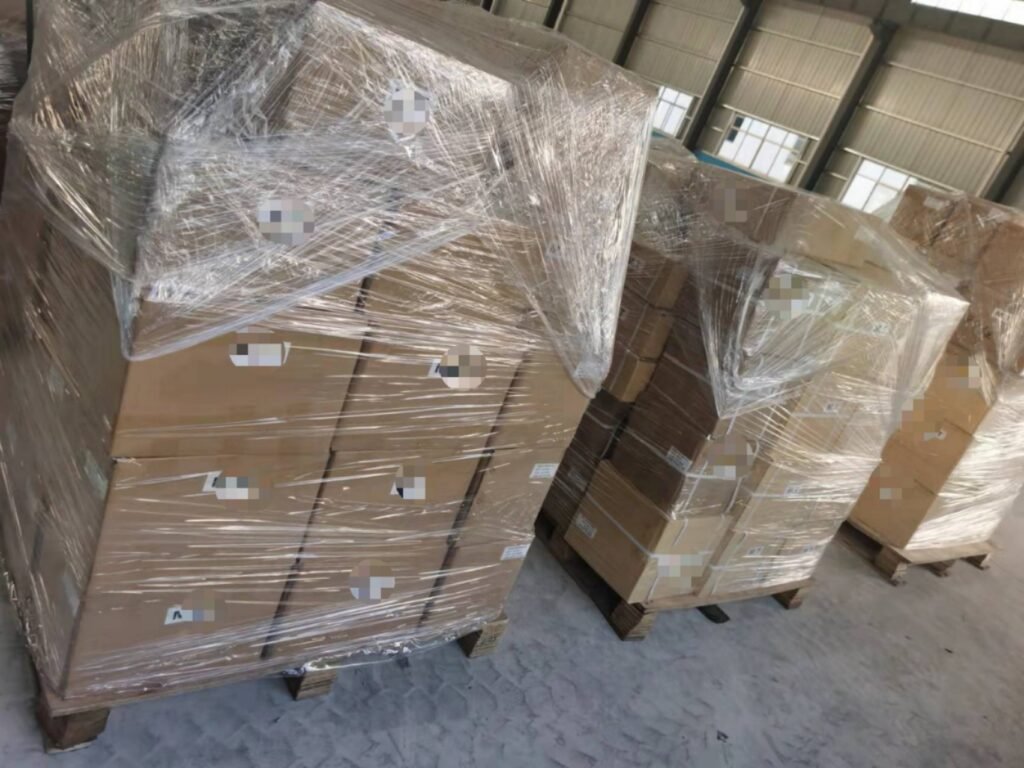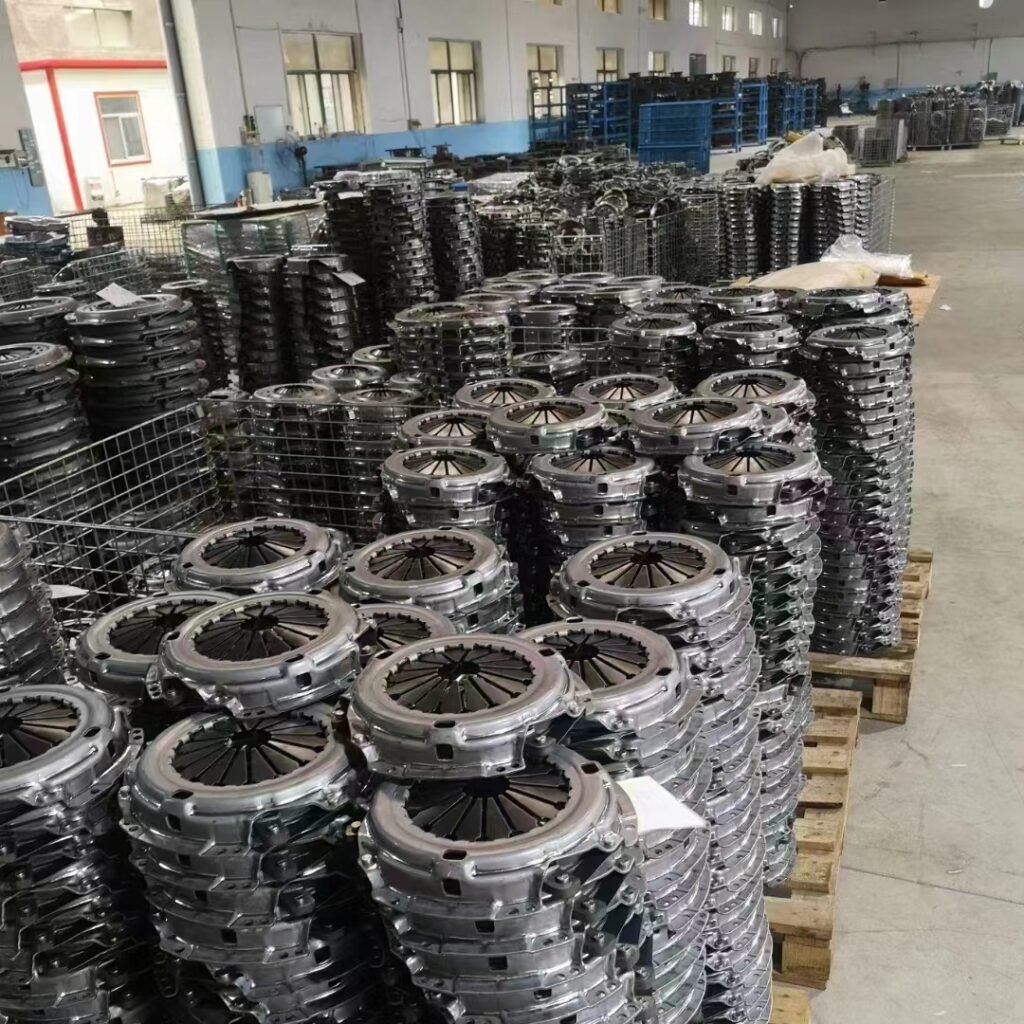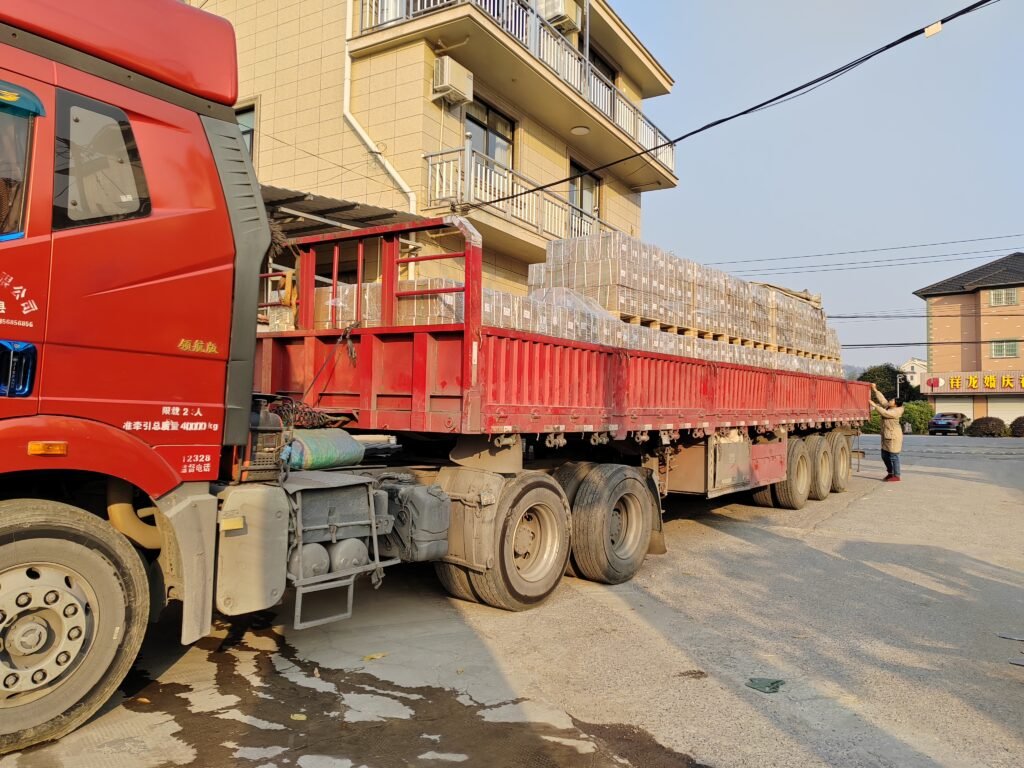8:00 Parts Trucks Order confirmation in the morning light
As the warehouse lights came on, a German customer’s urgent email popped up in Fairy’s mailbox. It read, “625 sets of clutch pressure plates paid. Need arrival at Hamburg Port next week.” The system showed order details instantly—this was the 12th European order this month. Parts fit heavy trucks like Mercedes-Benz and MAN. Quality supervisor Lao Wang checked parameters with glasses. “Friction plate hardness: 90±5HA,” he said. “Pressure plate flatness error ≤0.05mm. Dynamic balance test must finish by 10 AM.”
10:30 “Dialogue” between the assembly line and the container
In the production workshop, the punching machine roars with the conveyor belt’s friction. Workers place finished truck parts into a shockproof foam box. Orange labels on the box say “FRAGILE” and “UPWARD”. Meanwhile, freight forwarder Xiao Chen enters container info into the system. “40-foot high cabinet booked,” he notes. “Remind stevedores to fix pallets with steel straps. Prevent accessories from shifting during rough sea transport.”

14:00 Customs and documents “clearance battle”
The customs broker’s desk is piled with documents: commercial invoices, packing lists, EU CE certifications for the truck parts… First, she double-checks the HS code “8708.93.9000” on her computer. She knows full well that a coding mistake could severely delay customs clearance.”Last week,” she mutters to herself, “an Egyptian customer’s goods got stuck in Alexandria for three days.” Recalling the incident, she adds, “Their HS code was one digit short.” With that in mind, she carefully stuffs the certificate of origin into a waterproof document bag. After all, this document is the key to securing preferential tariffs. Without it, the client might face unnecessary costs—a scenario she’s determined to avoid.
17:30 Dock sprint of parts trucks in heavy rain
The weather forecast warned of evening thunderstorms at the port. So, the loading team leader immediately led workers to rush the truck loading. “Load 20 boxes at the bottom first,” he ordered, “and use plywood as a partition.” Then, he carefully guided the forklift to push pallets into the container, while filling gaps with inflatable bags to secure the load.As soon as bean-sized raindrops started to fall, the team locked the last box of truck parts in place. Finally, the seal number “CN20250615” showed clearly in the rain, confirming the shipment was ready for departure.
22:00 Progress tracking across time zones
Fairy’s phone pinged with a shipping company APP alert: “Container departed port. Expected in Rotterdam in 18 days.” Upon seeing this, she quickly composed an email to the German customer. Along with the message, she attached a real-time tracking link and a detailed packing video, ensuring the client had instant access to shipment updates. Meanwhile, halfway around the world, the purchasing manager had just wrapped up afternoon tea. Almost immediately, a reply popped into Fairy’s inbox. Within seconds, the message arrived: “Thanks for the efficient work! Looking forward to the next truck parts order.” This rapid response highlighted the trust built through seamless communication and timely updates.
00:10 Late-night unfinished items list
In the office, only Xiao Wang’s workstation in Finance had its light on. First, she carefully checked the foreign exchange arrival record. “The euro-RMB rate dropped 0.3% today,” she noted thoughtfully. Therefore, she jotted down a reminder: “Must remind the business department to add an exchange rate floating clause to new orders.”
Meanwhile, outside the window, a cargo ship loaded with parts trucks silently sailed into the high seas. As the night deepened, the containers glowed under the moonlight, looking like complex foreign trade codes waiting to be unlocked. By the next sunrise, these codes would come alive, seamlessly connecting the global truck parts market. In this quiet moment, the contrast between the office’s meticulous work and the ship’s vast journey highlighted the intricate web of international trade.


